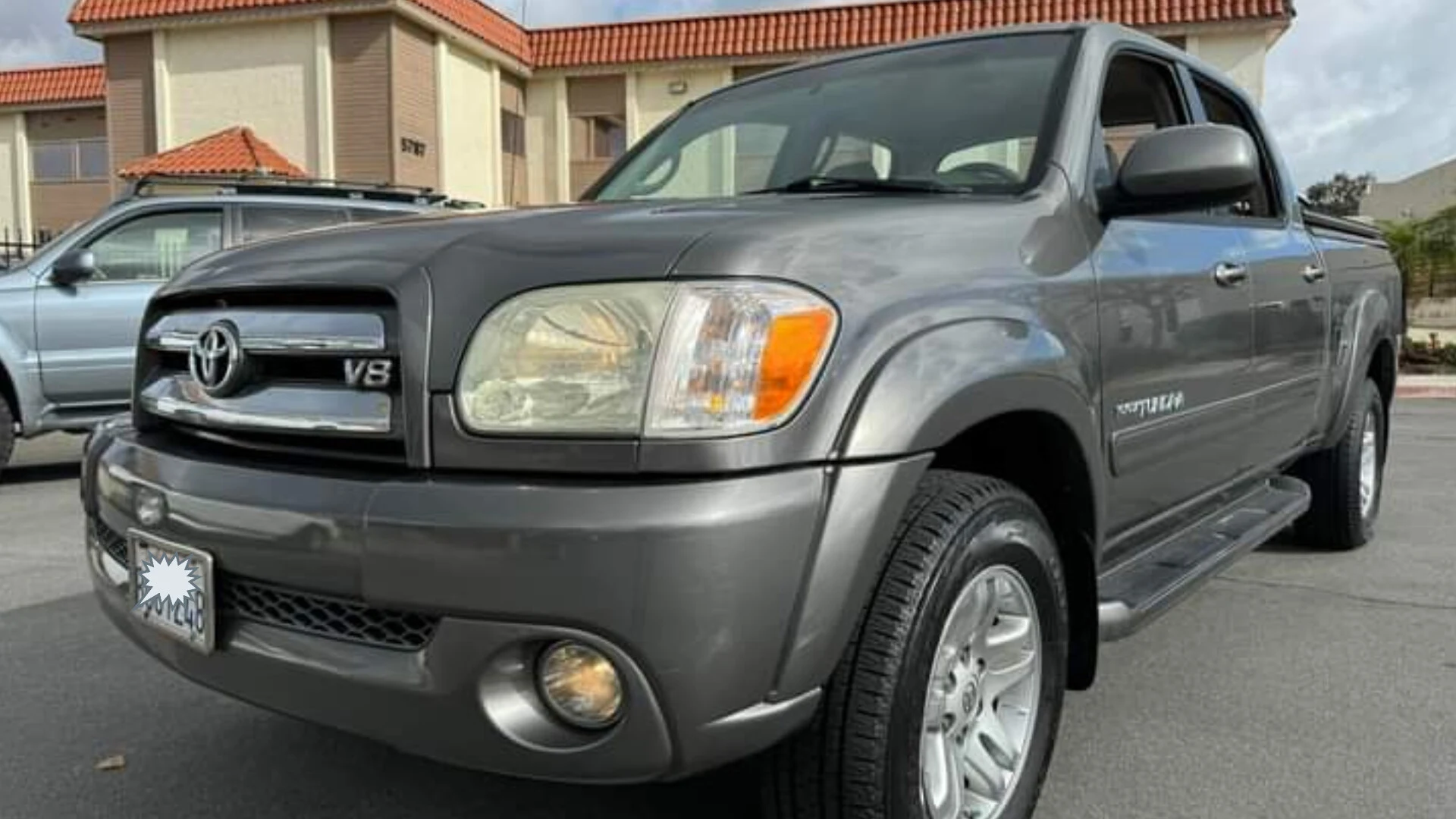2006 TUNDRA: THE TRUCK THAT HAS IT ALL
THE 2006 TOYOTA TUNDRA IS KNOWN FOR ITS RELIABILITY AND DURABILITY
The 2006 Tundra is a full-size pickup truck that was manufactured by Toyota. It is the second generation of the Tundra, and it was produced from 2006 to 2013. The Tundra is available in a variety of configurations, including regular cab, double cab, and crew cab. It is also available with a variety of engine options, including a 4.0-liter V6, a 4.7-liter V8, and a 5.7-liter V8.
The 2006 Tundra is a popular choice for consumers who are looking for a full-size pickup truck that is both powerful and fuel-efficient. The Tundra has a maximum towing capacity of 10,400 pounds, and it can get up to 20 mpg on the highway. The Tundra is also known for its reliability and durability. It has been ranked as one of the most reliable full-size pickup trucks on the market by J.D. Power and Associates.
The Tundra is also known for its high resale value. If you are looking for a full-size pickup truck that is both powerful and fuel-efficient, the 2006 Tundra is a great choice. It is a reliable and durable truck that will last for many years to come.
2006 TUNDRA BOLT PATTERN
Over the years, the Tundra has been offered with a variety of different bolt patterns, depending on the year and model. The most common bolt pattern for the Toyota Tundra is 6x139.7mm. This bolt pattern is used on all Tundra models from 2000 to 2021. However, there are some exceptions. The 2006 Toyota Tundra is available with two different bolt patterns: 6x139.7mm and 6x114.3mm. The 6x139.7mm bolt pattern is used on all Tundra models with the 4.7L V8 engine. The 6x114.3mm bolt pattern is used on all Tundra models with the 5.7L V8 engine.
It is important to note that the bolt pattern is not the same as the wheel offset. The wheel offset is the distance between the mounting surface of the wheel and the center of the wheel. A positive offset means that the mounting surface is closer to the center of the wheel, while a negative offset means that the mounting surface is further away from the center of the wheel.
When choosing wheels for your Toyota Tundra, it is important to make sure that the bolt pattern and wheel offset are correct. If the bolt pattern is incorrect, the wheels will not fit on the truck. If the wheel offset is incorrect, the wheels may stick out too far or not far enough, which can affect the handling and stability of the truck. If you are unsure about the bolt pattern or wheel offset for your Toyota Tundra, you can consult your owner's manual or a qualified mechanic.
2006 TUNDRA COMMON FAULTS
The 2006 Toyota Tundra is a reliable and durable truck, but like all vehicles, it has some common faults that owners should be aware of. Some of the most common problems include:
- BRAKE PROBLEMS: The 2006 Tundra has been known to have problems with its brakes, including premature wear of the brake pads and rotors, and brake fade.
- TRANSMISSION PROBLEMS: The 2006 Tundra has also been known to have problems with its transmission, including slipping gears and difficulty shifting.
- ENGINE PROBLEMS: The 2006 Tundra has also been known to have problems with its engine, including timing belt failure and excessive oil consumption.
- SUSPENSION PROBLEMS: The 2006 Tundra has also been known to have problems with its suspension, including premature wear of the shocks and struts, and excessive body roll.
If you are considering purchasing a 2006 Toyota Tundra, be sure to be aware of these potential problems and have the vehicle inspected by a qualified mechanic before you buy. Here are some tips for avoiding these common faults:
- Have your brakes inspected regularly and replace the pads and rotors as needed.
- Have your transmission serviced regularly and flush the fluid as recommended by the manufacturer.
- Have your engine oil changed regularly and use a high-quality oil filter.
- Have your suspension inspected regularly and replace the shocks and struts as needed.
By following these tips, you can help avoid the most common faults of the 2006 Toyota Tundra and keep your truck running smoothly for years to come.
MORE ON TOYOTA TUNDRA REVIEWS
> 2000 TOYOTA TUNDRA COMPREHENSIVE REVIEW
> 2001 TOYOTA TUNDRA COMPREHENSIVE REVIEW

